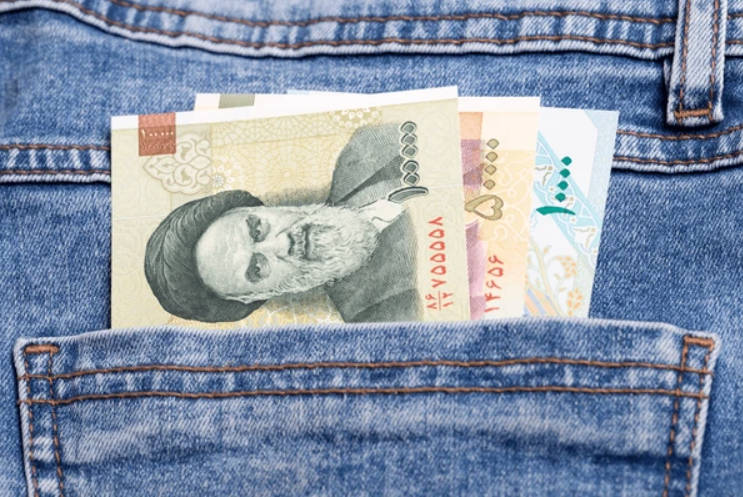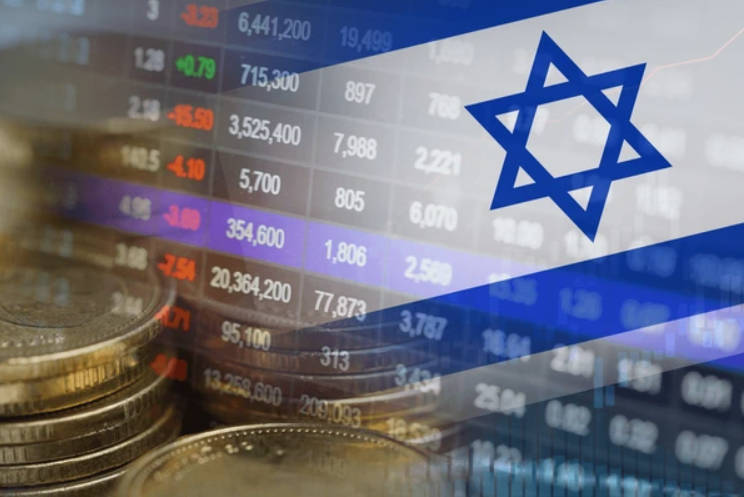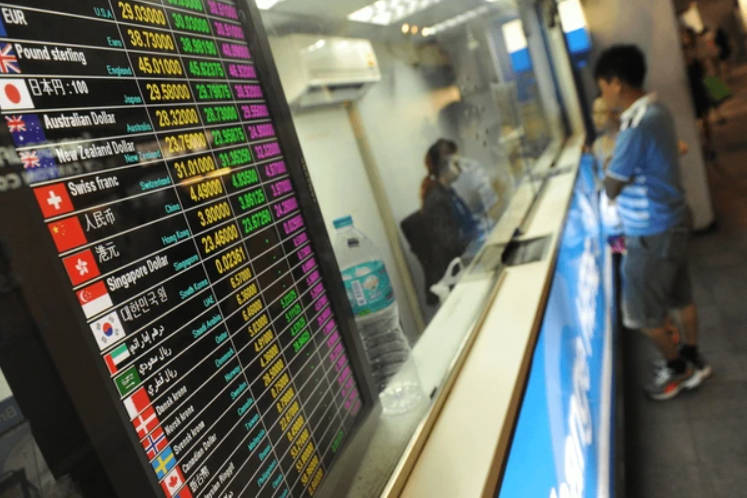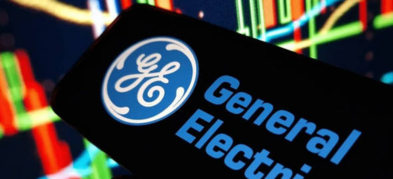
Ultima Markets App
Trade Anytime, Anywhere
Important Information
This website is managed by Ultima Markets’ international entities, and it’s important to emphasise that they are not subject to regulation by the FCA in the UK. Therefore, you must understand that you will not have the FCA’s protection when investing through this website – for example:
- You will not be guaranteed Negative Balance Protection
- You will not be protected by FCA’s leverage restrictions
- You will not have the right to settle disputes via the Financial Ombudsman Service (FOS)
- You will not be protected by Financial Services Compensation Scheme (FSCS)
- Any monies deposited will not be afforded the protection required under the FCA Client Assets Sourcebook. The level of protection for your funds will be determined by the regulations of the relevant local regulator.
Note: Ultima Markets is currently developing a dedicated website for UK clients and expects to onboard UK clients under FCA regulations in 2026.
If you would like to proceed and visit this website, you acknowledge and confirm the following:
- 1.The website is owned by Ultima Markets’ international entities and not by Ultima Markets UK Ltd, which is regulated by the FCA.
- 2.Ultima Markets Limited, or any of the Ultima Markets international entities, are neither based in the UK nor licensed by the FCA.
- 3.You are accessing the website at your own initiative and have not been solicited by Ultima Markets Limited in any way.
- 4.Investing through this website does not grant you the protections provided by the FCA.
- 5.Should you choose to invest through this website or with any of the international Ultima Markets entities, you will be subject to the rules and regulations of the relevant international regulatory authorities, not the FCA.
Ultima Markets wants to make it clear that we are duly licensed and authorised to offer the services and financial derivative products listed on our website. Individuals accessing this website and registering a trading account do so entirely of their own volition and without prior solicitation.
By confirming your decision to proceed with entering the website, you hereby affirm that this decision was solely initiated by you, and no solicitation has been made by any Ultima Markets entity.
I confirm my intention to proceed and enter this website Please direct me to the website operated by Ultima Markets , regulated by the FCA in the United KingdomThe Lowest Currency in the World 2025
Did you know it now takes over one million Iranian rials just to buy a single U.S. dollar? That jaw-dropping figure makes the Iranian Rial (IRR) the lowest currency in the world in 2025.
Once tied to the wealth of Iran’s oil exports, the rial has collapsed under decades of sanctions, inflation, and economic mismanagement. For ordinary Iranians, this means salaries lose value overnight, imports become unaffordable, and black-market rates dominate daily life.
What Does “Lowest Currency” Mean?
The lowest currency in the world refers to the one with the highest number of units required to equal a single U.S. dollar. It’s purely a measure of nominal exchange rate—not necessarily the overall economic strength or weakness of a nation.
By this definition, no other currency trades at a lower value than the Iranian Rial today.
Why Is Iranian Rial the Lowest Currency in the World

As of 2025, the Iranian Rial trades at around 1,039,000 IRR per U.S. dollar, based on open market rates reported in March. In some cases, especially on the parallel or black market, the exchange rate has slid even further—closer to 1.3 million IRR per U.S. dollar. This dramatic shift reflects significant currency depreciation over recent years, driven by economic instability and political challenges.
This staggering gap places the rial firmly at the bottom of the global currency table as the least valuable currency in the world. By comparison, the Lebanese Pound, another heavily devalued currency, trades near 90,000 per dollar, while the Vietnamese Dong stands around 25,000 per dollar. The rial’s fall has been so severe that these currencies now appear “strong” by nominal value.
Current Rankings of the Lowest Currency in the World (2025)
| Currency | Approximate Rate (per 1 USD) | Notes |
| Iranian Rial (IRR) | 1,039,000 → ~1.3 million IRR/USD | Record low due to sanctions, high inflation, and political instability |
| Lebanese Pound (LBP) | ~89,500–90,000 LBP/USD | Collapse tied to banking crisis, hyperinflation, and political deadlock |
By sheer nominal value, the Iranian Rial has now surpassed the Lebanese Pound as the lowest currency in the world.
Why Has the Rial Fallen So Low?

The rial’s collapse stems from a mix of external pressure and domestic mismanagement:
1. International Sanctions
Decades of sanctions have crippled Iran’s ability to sell oil and trade globally, severely limiting its access to the global market and international market, and cutting off vital inflows of U.S. dollars.
2. Inflation Out of Control
Severe inflation above 38% in 2025 steadily erodes the value of the rial, forcing citizens to spend more for basic necessities.
This persistent high inflation results in a lower currency value, making the rial less stable and reducing its purchasing power.
3. Multiple Exchange Rates
Iran’s official rate differs from the black-market rate, making currency exchange challenging and often preventing citizens from obtaining competitive exchange rates due to the existence of multiple rates. The unofficial rate reflects the rial’s true weakness.
4. Political and Economic Instability
Geopolitical tensions and lack of investor confidence keep downward pressure on the currency, undermining the country’s economic stability and overall economic stability. Natural disasters, such as floods or cyclones, can also contribute to currency decline by further destabilizing the economy.
Iran’s Economic Paradox
On paper, Iran should be an economic powerhouse. It has the third-largest oil reserves, the second-largest natural gas reserves, and sits at the crossroads of Europe and Asia along vital trade routes. Its population is young and well-educated, and it enjoys a prime geopolitical position.
Yet, while neighbors like Qatar and the UAE boast GDP per capita levels nearly ten times higher, Iran struggles. The reasons are structural:
- Overdependence on oil and gas has created vulnerability instead of prosperity.
- Crippling sanctions have cut Iran off from global banking and trade, leaving its energy wealth underutilized.
- Subsidy distortions keep fuel and energy extremely cheap at home, encouraging waste and fueling black markets rather than efficiency.
- Infrastructure failures mean the energy-rich nation still suffers blackouts due to mismanagement and corruption.
- Brain drain and demographics add to the challenge, as young talent leaves and an aging population strains the economy further.
This paradox—abundant resources but chronic vulnerability—explains why the rial cannot stabilize. Despite immense potential, Iran’s currency has become the lowest in the world.
Living With the Lowest Currency in the World
For Iranians, the lowest currency ranking is more than just a statistic:
- Salaries lose value instantly – when a currency weak, wages are paid in rials, but the money buys less each week.
- Imports become unaffordable – medicines, fuel, and technology cost far beyond what many households can pay.
- Reliance on dollars and euros – many transactions now happen in foreign currencies for stability.
The Iranian Rial’s situation is similar to other weaker currencies around the world, where people face daily challenges due to currency devaluation.
Can the Rial Recover?

In August 2025, Iran’s parliament advanced a plan to slash four zeros from the rial, effectively making 1 new rial = 10,000 old rials. Each new unit would be divided into 100 qirans, with the goal of simplifying transactions and restoring public confidence in the currency.
Supporters argue that redenomination will help tidy up accounting, reduce the “embarrassment” of so many zeros, and deliver a short-term psychological boost. After all, carrying stacks of bills to buy groceries is a daily frustration for Iranians.
But experts caution that this move is only cosmetic. Economist Ahmad Alavi explained that removing zeros “creates a psychological effect, making people feel the value of money has changed, but the abundance of zeros is only a symptom of structural inflation.” With inflation stuck above 30–38% annually, and the rial having lost over 90% of its value since U.S. sanctions were reimposed in 2018, the core issues remain unresolved.
Unless Iran addresses systemic corruption, economic mismanagement, and international isolation, redenomination will not reverse the rial’s long-term decline. At best, it may offer temporary relief, but without fundamental reform, the rial will likely continue to erode against other currencies.
Until then, the rial will likely remain the world’s lowest currency.
Lowest Currency vs Weakest Currency
It’s important to note that lowest and weakest don’t always mean the same thing:
- Lowest currency: purely the one with the highest number of units per USD (nominal value).
- Example: Iranian Rial (~1,000,000 IRR/USD).
- Weakest currency: the one that has lost the most purchasing power or stability due to inflation, crises, or policy failure.
- Example: Lebanese Pound (~90,000 LBP/USD) has collapsed so badly that basic goods are unaffordable despite the “smaller” number.
The Iranian Rial is the lowest currency in the world, while the Lebanese Pound is often cited as the weakest in terms of economic collapse and inflation impact.
Conclusion
Currently. the Iranian Rial is officially the lowest currency in the world, trading at over one million per U.S. dollar. Its story reflects how sanctions, inflation, and political instability can strip a currency of its value and disrupt everyday life.
But while the rial holds the lowest nominal value, the title of “weakest” depends on context, reminding us that currency value is more than just numbers, it’s a reflection of trust, policy, and national stability.
Disclaimer: This content is provided for informational purposes only and does not constitute, and should not be construed as, financial, investment, or other professional advice. No statement or opinion contained here in should be considered a recommendation by Ultima Markets or the author regarding any specific investment product, strategy, or transaction. Readers are advised not to rely solely on this material when making investment decisions and should seek independent advice where appropriate.












